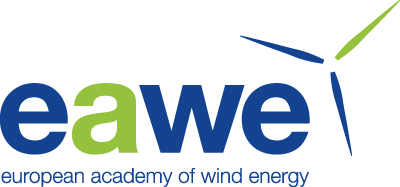Articles | Volume 8, issue 2
https://doi.org/10.5194/wes-8-255-2023
© Author(s) 2023. This work is distributed under the Creative Commons Attribution 4.0 License.
Optimization of wind farm operation with a noise constraint
Download
- Final revised paper (published on 28 Feb 2023)
- Preprint (discussion started on 01 Sep 2022)
Interactive discussion
Status: closed
Comment types: AC – author | RC – referee | CC – community | EC – editor | CEC – chief editor
| : Report abuse
- RC1: 'Comment on wes-2022-80', Alessandro Fontanella, 15 Sep 2022
- RC2: 'Comment on wes-2022-80', Anonymous Referee #2, 04 Oct 2022
- AC1: 'Comment on wes-2022-80', Camilla Nyborg, 11 Nov 2022
Peer review completion
AR: Author's response | RR: Referee report | ED: Editor decision | EF: Editorial file upload
AR by Camilla Nyborg on behalf of the Authors (21 Dec 2022)
Author's response
Author's tracked changes
Manuscript
ED: Referee Nomination & Report Request started (23 Dec 2022) by Alessandro Bianchini
RR by Alessandro Fontanella (28 Dec 2022)

RR by Anonymous Referee #2 (17 Jan 2023)

ED: Publish subject to technical corrections (17 Jan 2023) by Alessandro Bianchini

ED: Publish subject to technical corrections (17 Jan 2023) by Paul Veers (Chief editor)

AR by Camilla Nyborg on behalf of the Authors (02 Feb 2023)
Manuscript





